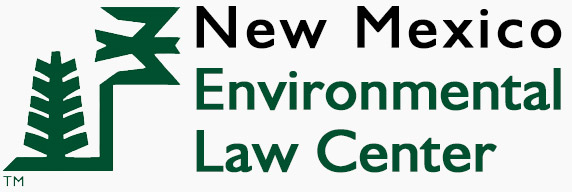Access to a clean environment is vital to continuation of language and culture for Indigenous communities. The Diné have distinct cultural and spiritual ties to the land. The environment provides subsistence within their traditional homeland. The Diné worldview is that all things are interrelated and interdependent—to exploit or destroy any aspect of creation is to harm one’s self and the balance and harmony of Hózhó. Specific cultural beliefs about uranium instruct that it should not be disturbed.
Environmental Injustice In 1998, the Nuclear Regulatory Commission (NRC) granted a license to Hydro Re[1]sources, Inc. to conduct uranium mining using in situ leach technology, at four sites in the communities of Church Rock and Crownpoint, in northwestern New Mexico. The NRC conceded that the operations would pollute community aquifers with heavy metals and cause contamination to air, soil and other resources on lands traditionally used and occupied by the Diné. In 1979, a mill broke and 93 million gallons of radioactive liquids flowed into the Río Puerco, killing livestock and destroying crops.
The Navajo Nation hosts 520 abandoned uranium mines and three uranium mills that are Superfund sites. These sites have contaminated billions of gallons of groundwater and countless acres of land, and are the cause of significant illnesses and death in nearby Indigenous communities. Miners say they were not told of the dangers related to uranium exposure. A recent University of New Mexico study found that more than one-quarter of over 700 Navajo women tested had high concentrations of uranium in their bodies…
Read more (page 13)
